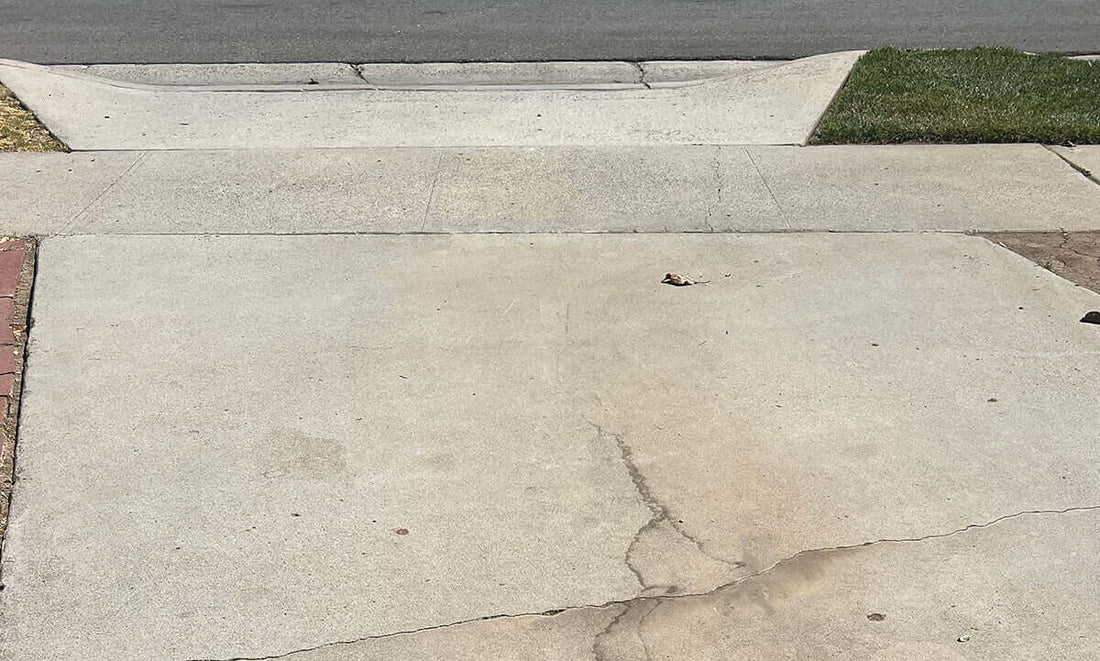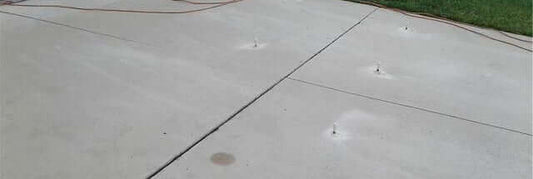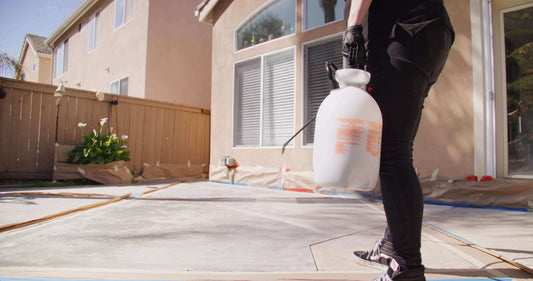Concrete driveways are a common feature in many homes, but over time, they can show signs of wear and tear. When faced with a deteriorating driveway, homeowners often wonder whether to resurface or replace it entirely. This decision has significant implications for both the esthetics of their property and their wallet. Understanding the pros and cons of concrete resurfacing versus replacement is crucial to make an informed choice.
Concrete resurfacer offers a cost-effective solution for homeowners looking to revitalize their driveways without breaking the bank. This article delves into the key factors to consider when deciding between resurfacing and replacement. It covers the process of concrete resurfacing, the steps involved in full replacement, and compares the costs associated with each option. Additionally, it explores the benefits of DIY approaches versus hiring professionals and provides guidance to help homeowners make the right choice for their specific situation.
Understanding Concrete Resurfacing
Concrete resurfacing offers homeowners a cost-effective solution to revitalize worn driveways. This process involves applying a thin layer of cement-based overlay with special bonding agents over existing concrete. It's an efficient way to hide blemishes, fix cracks, and update the appearance without the expense of full replacement. Resurfacing can save homeowners up to three times the cost of ripping up and replacing old concrete. The materials used are durable, with some options being stain-resistant and capable of withstanding extreme temperatures. This method not only enhances esthetics but also provides added protection against daily wear and tear, making it an attractive option for budget-conscious homeowners looking to improve their property's appearance.
The Concrete Replacement Process
Concrete replacement involves several steps to ensure a durable and long-lasting result. The process begins with a thorough assessment of the existing concrete's condition, identifying issues such as deep cracks, drainage problems, or extensive spalling. Once the damage extent is determined, site preparation commences. This includes clearing the area, setting up safety barriers, and addressing utility concerns. The damaged concrete is then broken up and removed using specialized equipment. Proper sub-base preparation follows, involving soil compaction and adding a layer of aggregate. Forms are built to contain the new concrete, which is then poured, leveled, and finished. The final step involves curing the concrete, typically taking several days to a week.
Comparing Costs: Resurfacing vs. Replacement
Homeowners looking to save money should consider concrete resurfacing as a cost-effective alternative to full replacement. Resurfacing typically costs $3 to $7 per square foot, while replacement can range from $4 to $16 per square foot. For a standard 2-car driveway, resurfacing costs between $1,200 and $2,900, offering significant savings. Full replacement involves more extensive labor, materials, and heavy machinery, increasing overall expenses. While resurfacing extends pavement life by 10-15 years, replacement can last 20+ years. Homeowners must weigh initial costs against long-term durability when making their decision.
DIY vs. Professional Services
Homeowners face a choice between DIY repairs and professional services when dealing with concrete driveways. DIY offers cost savings, especially for minor issues like small cracks and potholes. It allows flexibility in scheduling and control over the process. However, it requires skills and tools that homeowners may lack, and errors can lead to costlier repairs. Professional services provide expertise, efficiency, and long-term solutions. They can handle complex repairs and identify underlying issues. While more expensive, professionals offer quality workmanship and peace of mind. The decision depends on the damage extent, budget, and homeowner's skill level.
Making the Right Choice for Your Driveway
Homeowners face a crucial decision when addressing driveway issues: resurface or replace. Resurfacing offers a cost-effective solution, ideal for minor damage like small cracks or surface wear. It extends the driveway's life by 10-15 years (with simple reapplying every 4 years) and costs significantly less than replacement. However, for extensive damage such as large potholes, deep cracks, or structural issues, replacement becomes necessary. While more expensive initially, replacement provides a longer-lasting solution, often lasting 20+ years. Homeowners should consider their budget, the extent of damage, and long-term goals when deciding. Professional assessment can help determine the best course of action for their specific situation.
Conclusion
The decision between resurfacing and replacing a concrete driveway has a significant impact on a homeowner's budget and property value. Resurfacing emerges as a cost-effective solution, offering substantial savings while still providing a fresh, appealing look to worn-out driveways. This option is particularly attractive to budget-conscious homeowners who want to enhance their property's curb appeal without breaking the bank. For those dealing with minor damage or surface wear, resurfacing can extend the life of their driveway by 10-15 years, making it a smart choice to save money in the long run. We suggest resurfacing with Like-Nu Concrete Resurfaing Kit every 4 years.
Ultimately, the choice between resurfacing and replacement depends on the extent of damage and the homeowner's long-term goals. While replacement might be necessary for severely damaged driveways, resurfacing offers a practical alternative for many situations. It's crucial for homeowners to carefully assess their driveway's condition and consider their budget constraints before making a decision. To get started on improving your driveway's appearance and durability, consider using the Like-Nu Concrete Restoration Kit. By weighing all factors and making an informed choice, homeowners can ensure their driveway remains a functional and attractive part of their property for years to come.







